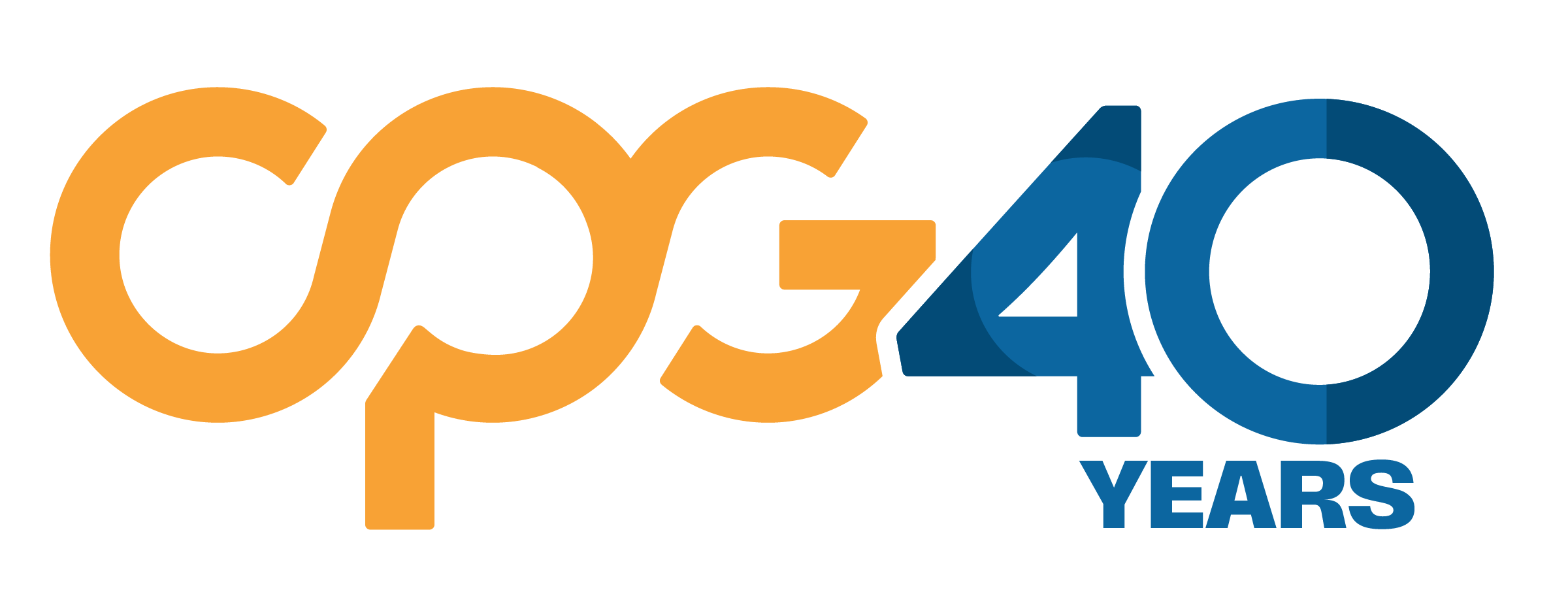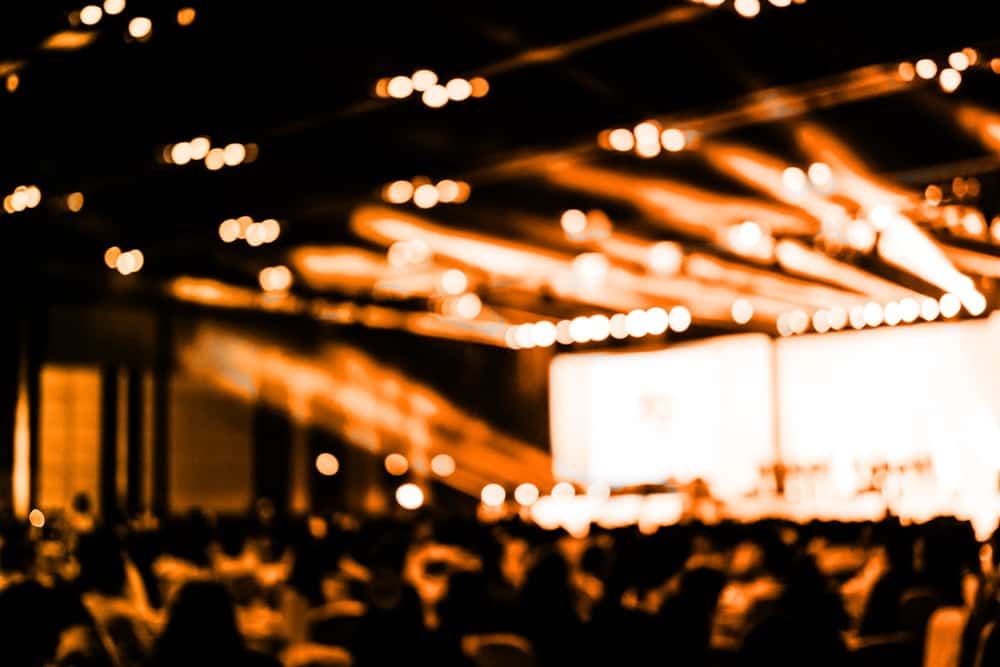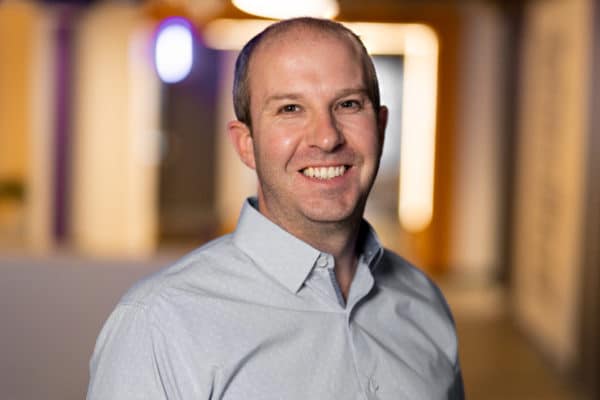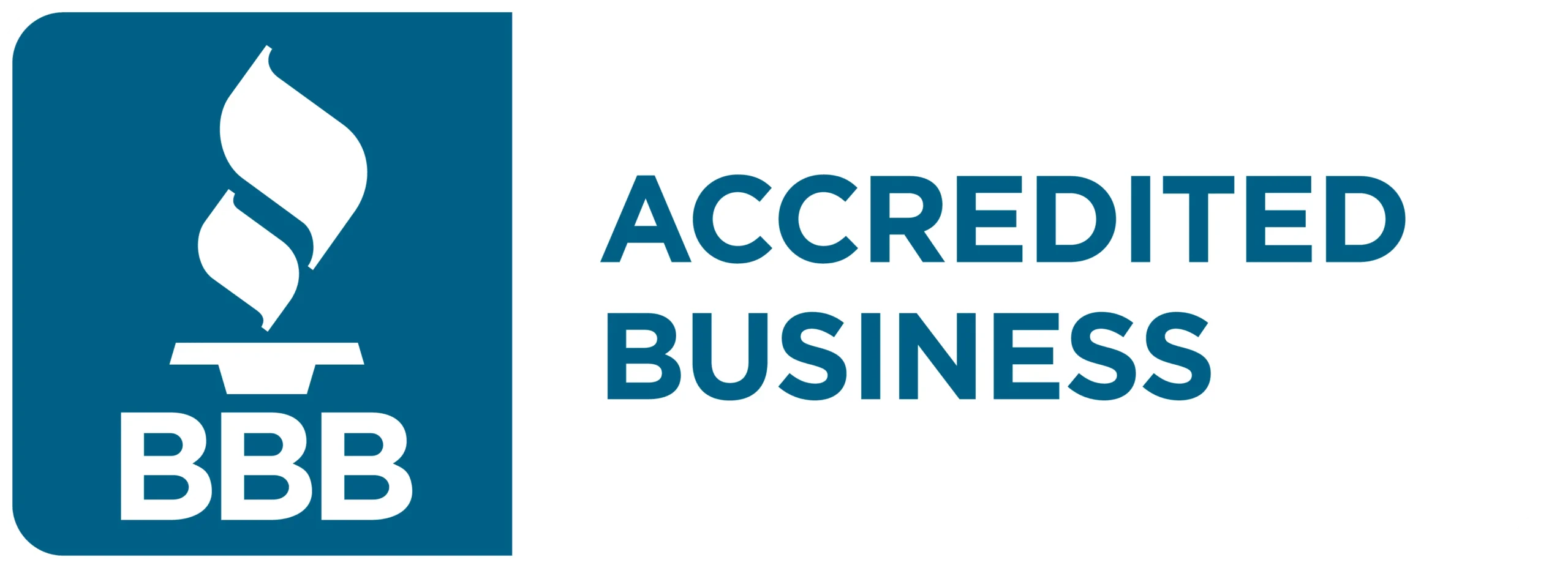Bringing Your General Session to Life
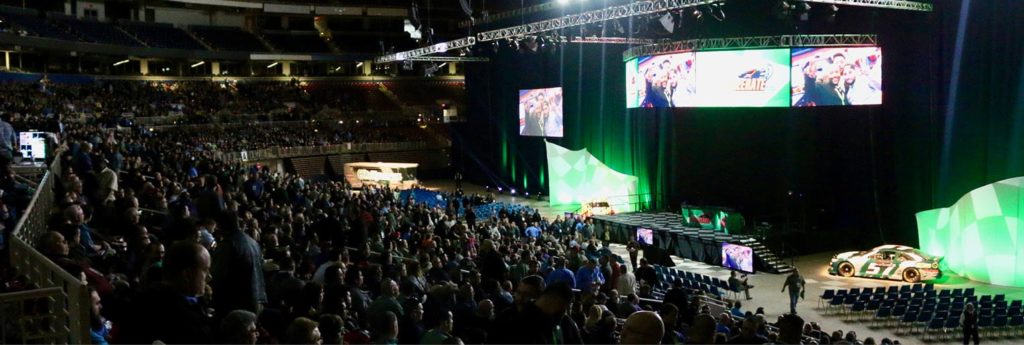
General sessions are the powerhouse for your event – the perfect opportunity to turn your brand’s message into a tangible, unforgettable experience that captures the hearts and minds of attendees. Do it right, and your attendees will be inspired and motivated to get the absolute most out of your convention. This spills over into breakout sessions, networking events, award ceremonies and finally back home where they can cascade the message to their peers.
But inspiring employees requires a lot more than throwing today’s hottest celebrities and motivational speakers out to the stage. True inspiration is born from purposeful planning and execution – designing with intention to match your business objectives. It requires tailoring your critical brand message through every last detail – from backdrop banners to lights and sound and everything in-between.
And it all starts with your central idea.
Branding and Theming
The corporate event theme should be one of the first things you establish in your general session. This central idea, or organizing principle, is the glue which holds your annual conference together.
Academy Award winning director Francis Ford Coppola believed strongly in the power of the theme. As a director, Coppola was confronted with difficult decisions every day – what color dress an actress should wear, what time of day a scene took place. He asserted that you should always try to discover the theme of the movie in one or two words.
“I always knew what I thought the theme was, the core, in one word. In ‘The Godfather’ it was succession, in ‘The Conversation’ it was privacy, and in ‘Apocalypse’ it was morality.” – Francis Ford Coppola
Directors spend their entire day making decisions, and having a central theme you are trying to convey makes each decision a little bit easier.
Giving your General Session a little Hollywood
If you’ve done your due diligence as a corporate event planner, then your theme should be incorporated in every detail of your event. Great! But while the theme pops up here and there throughout an attendee’s week-long trip, the absolute biggest moment it comes alive is the general session.
By initiating your theme in a big way, you set the tone of your whole conference.
Your general session is a chance to excite your audience about the theme of the event and the coming sessions. As such, your theme should connect with your audience, and they should feel it right away at your general session.
The audience should see and feel your theme from your logo, banners, collateral, screen presentation, speakers and scenic. In fact, the most important aspect where your branding should be apparent is in your scenic design.
Scenic Design

First impressions matter, especially to the attendee. Scenic Design is the first thing your attendees will see when they enter the general session doorway. It’s your chance to really set the tone.
Great event production partners go far beyond lights and sound to create an immersive experience that storms the attendee senses.
“Scenic is not just a stage, some lights and couple of screens,” Says Michael Kiss, a Senior Event Producer at CPG. “Live event scenic is the setting, an environment for entertainment and presenters and should define the spirit of the gathering.”
The amount you invest in scenic says a lot about your company.
A more elaborate, and thereby expensive, stage setup shows you care a great deal about your attendees and their overall experience. Exercising restraint in your scenic budget might tell them you’re more interested in maintaining positive ROI and being good stewards of the company’s money. Neither of these avenues are inherently good or bad, just something to consider.
After you’ve got your budget in place and your theme prepared, it’s time to get into the gritty design details.
There are five major elements to scenic design:
- Stage Sets
- Lighting
- Banners
- Graphics
- Backdrops
These elements work off one another to create an encompassing experience that amazes attendees. Scenic is where the audience gets a feel for your whole event, so it is necessary to take your theme into consideration when determining each of these elements. The goal is to blend your brand with each of these scenic details.
Scenic is more than lights, stage and screens. It’s the setting you create for your attendees and you should strive to make it a live, spirited environment.
More so, scenic is the “face” of your event. It’s what attendees will see and think of when they attend your event. That’s why it’s essential to mix in your theme with the elements of scenic design and create an immersive experience.
Corporate Event Speakers
The theme of your event may touch attendees in other aspects, but speakers are where you can really hit your message home.
Your speaker’s goal is to deliver an emotionally-charged message that connects with the audience. This means motivating attendees and touching on the “why” of the whole event. A great speaker leaves the audience with a message that resonates and connects with them on a deeper level.
Being an effective speaker at corporate events requires preparation, practice and participation.
The most important idea a speaker needs to embody is that it’s all about the attendees and their experience, not the speaker’s. It’s easy to fall into the fallacy that your audience will automatically connect with a topic you are passionate about. But in reality, you have to determine how that topic has value for your audience. As you prepare to deliver your presentation, think about how it’s relevant for the attendee – how can you personalize it?
Practice makes perfect, so practice your material until it comes across naturally, even if that means rehearsing it 200 times. You won’t engage your audience if you aren’t being authentic and genuine. Make sure you naturally know, not memorize, your material and the large concepts you are touching on.
Lastly, encourage and allow the audience to participate actively. While the audience might respond with some unease, remember this is for their benefit. Engage the audience in a way that is valuable for them so they walk away with something.
Audience Participation
Active attendee participation is key for creating a valuable experience and engaging your audience. There are numerous ways to involve attendees and let them feel they are customizing their own experience like networking, ARS systems or games. A branded social hashtag, for example, encourages user-generated content, online discussions and connects people before the event even happens.
But you can take it one step further than regular ol’ social media campaigns. Instead, you can get people involved in the creation of their own experience, thereby maximizing their enjoyment and engagement.
Icebreakers
One of these great ways to involve your audience is using corporate event icebreakers. In small group settings, these might make some eyes roll, but production agencies these days go much further than “what’s your spirit animal?”
Brainstorming corporate event icebreaker ideas means thinking big about how to get a large crowd on their feet. To that end, inventing a game that progressively involves larger and larger crowds is usually fun. Worst case, you can always play heads or tails until there is one attendee left standing. Executing a successful icebreaker that gets the entire crowd involved loosens everyone up and makes them feel included.
For smaller crowds, you may want to use an icebreaker that is more conversational. This can serve as a great corporate event networking opportunity without the daunting label attached. Two truths and a dream, for instance, is a simple game that can easily get people talking.
Surveys
Use live, interactive surveys to gauge an audiences knowledge on a topic, curiosity about an area or a level of engagement. This typically occurs within the mobile event app. It’s difficult to engage everyone at a general session, so live polling keeps the whole crowd involved. Wanting attendee feedback also shows you care about their experience and involvement.
A mobile app for your event is essential for maintaining engagement. To be useful, the app should keep your attendees engaged rather than observing. It should be easy to navigate and network on the app too.
Download Our eBook: 8 Fundamentals of an Internal Communications Strategy
If your people are sending out the “whatever” vibes, it’s time to get back to the basics. Make sure your internal communication strategy is following 8 fundamentals to cultivate an engaged workforce aligned with your company’s success.
Bringing It All Together
A general session sets the tone for your event, so it’s a good idea to make sure it has all the right pieces in place. This is your chance to motivate, educate and inspire your attendees about the event. Your brand message is ultimately what you want to resonate with the audience, so you have to incorporate that in every aspect of the general session.
Unfortunately, some attendees are tired after a long day of traveling and would rather go back to their hotel rooms to relax than go to the general session. To show attendees the value in your general session, you have to invest in every component.
When designing your next general session, start with event design thinking to provide the best, holistic experience possible for the attendee.
